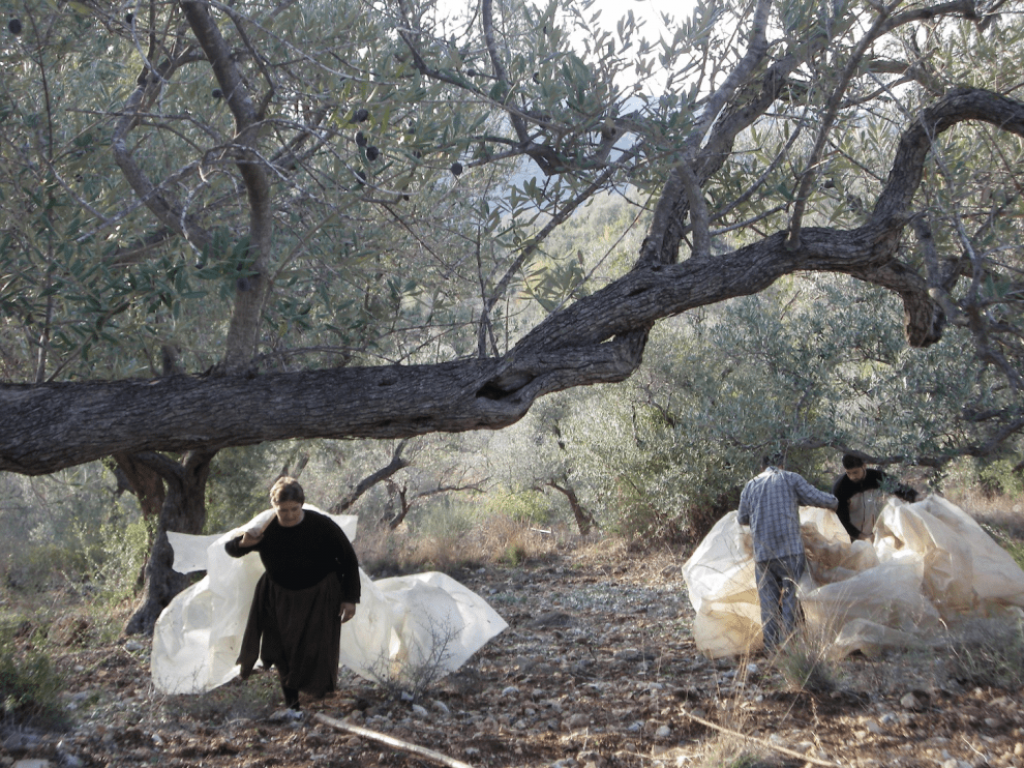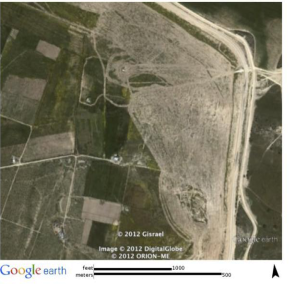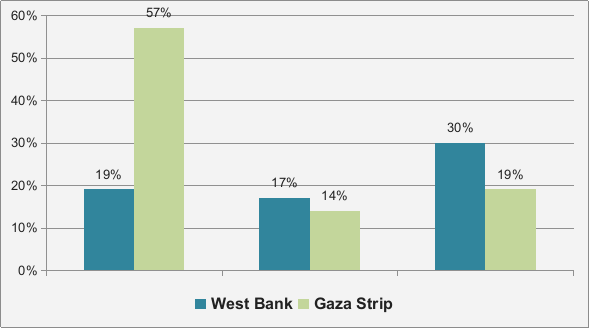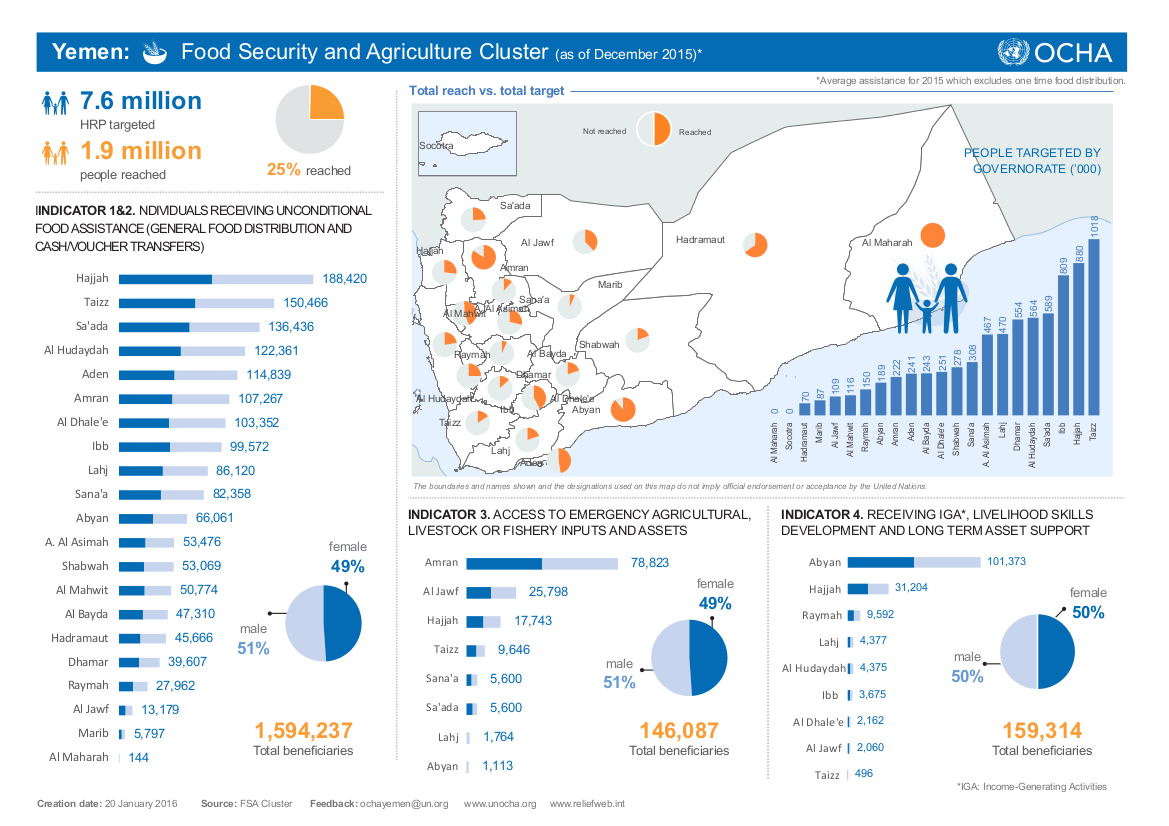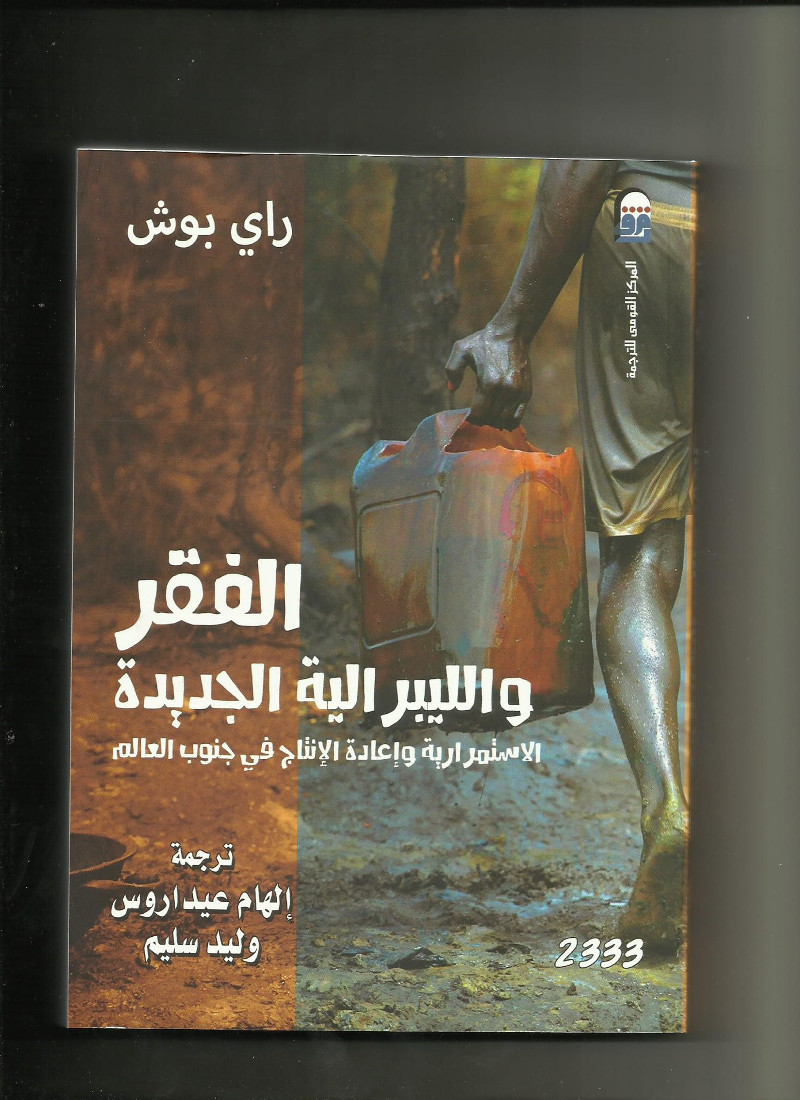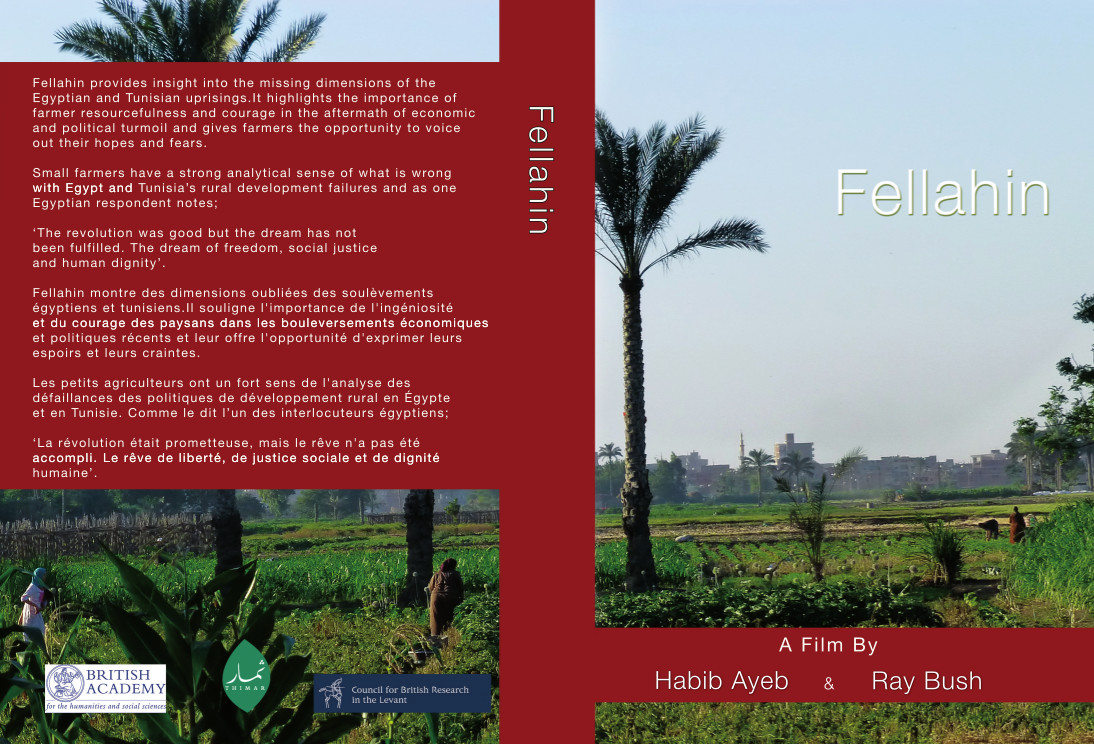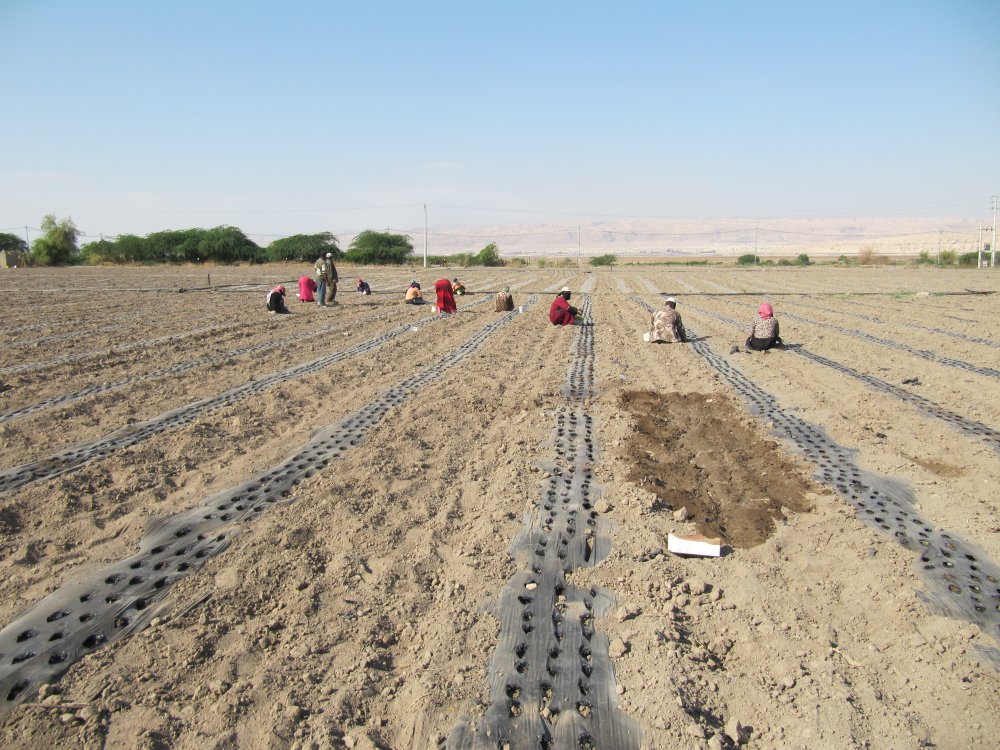This article is part of an edited volume on development in Syria published by the IFPO (Institut français du Proche-Orient - French Institut for the Middle East) -- Follow the link to the table of content.
The decade of economic liberalization and record growth in Syria, which coincided with the first term of President Bashar al‑Asad, led to a series of severe crises in the rural area which was manifested between 2004 and 2008 by the loss of 40 % of the active rural population (from 1,4 million to 800,000). If the country was self-sufficient until 2007, with an annual wheat production of 4 million tons, the directive of subsidized strategic crops (cotton, wheat, sugar beets) had left Syria with depleted soil and over-pumping from ground water. In this crisis environment, a new Agricultural Relations law (n.56) was passed on December 29th, 2004, to encourage landowners to invest anew in their holdings ; however, it delivered the coup de grace to the rural areas. This reactionary law had allowed landowners to terminate the old sharecropping contracts and introduce limited duration contracts. Implemented at the end of 2007, the law prompted the arbitrary expulsion of hundreds of tenant farmers and aggravated the situation of land workers. In addition, the decree 49 of 2008 was promulgated freezing the sale of any land on the Turkish borders in the Hassaka governorate. In this climate of agricultural crisis, Syria was hit by a very severe drought in 2007-2010. For the first time in Syria’s history, it had to receive direct international food aid in 2008 as its grain reserves were depleted. This study will show how these agricultural and humanitarian crises linked to drought created the climate that ignited the Syrian Spring in March 2011 and the beginning of the war.
Full text here
La décennie de libéralisation économique et de croissance record de la Syrie, qui correspond à la première du président Bachar al‑Assad, s’est accompagnée dans le monde rural de plusieurs graves crises qui se sont traduites par la perte, entre 2004 et 2008, de 40 % de la population active agricole (de 1,4 million à 800 000 actifs). Si le pays était autosuffisant jusqu’en 2007, avec une production annuelle de blé de 4 millions de tonnes, la politique directive de cultures stratégiques subventionnées (coton, blé, betterave à sucre) avait entraîné un épuisement des sols et un surpompage des nappes phréatiques. C’est dans ce contexte de crise que fut promulguée le 29 décembre 2004 une nouvelle loi des relations agraires (no 56), conçue pour encourager les propriétaires fonciers à entreprendre de nouveaux investissements sur leurs exploitations mais véritable coup de grâce pour le monde rural. Cette loi réactionnaire a permis en effet aux propriétaires de mettre un terme aux anciens contrats de métayage et d’introduire des contrats à durée limitée. Mise en vigueur fin 2007, elle a entraîné l’expulsion arbitraire de centaines de métayers et aggravé la situation des ouvriers agricoles. À cette loi s’est ajoutée la promulgation du décret 49 de 2008 qui gèle toute vente de terre à la frontière turque, dans le gouvernorat de Hassaké. Or c’est dans ce contexte de crise agraire que la Syrie a été frappée par une très grave sécheresse en 2007-2010. Pour la première fois dans son histoire, le pays a dû recevoir en 2008 une aide alimentaire directe internationale, les réserves stratégiques en céréales étant épuisées. Le projet de cet article est de montrer en quoi ces crises agraire et humanitaire liées à la sécheresse forment le contexte dans lequel le printemps syrien, débuté en mars 2011, puis la guerre se sont déclenchés.
Texte intégral

